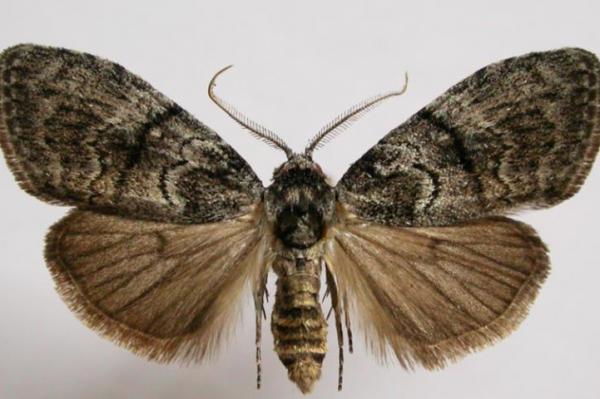May 26 (UPI) — According to new research, male moths with large antennae are better able to locate potential mates.
Scientists in Australia discovered larger antennae helped male moths detect trace amounts of pheromones released by females ready to reproduce. Female moths release the chemical signal to attract mates.
The discovery — detailed in the journal The Science of Nature — confirms a premise of Charles Darwin‘s theory of sexual selection.
As Darwin observed, most male animals put their energy into impressive displays to attract mates, whether through song, dance or physical appearance. But Darwin also theorized that males who were good listeners would have an advantage in securing a mate and passing on his genes.
Researchers set up traps near Eucalyptus trees to catch male gum-leaf skeletoniser moths. The traps were baited with female moths. The traps consistently caught males with larger antennae.
“Our data are consistent with Darwin’s 1871 prediction that sexual selection favours exaggerated sensory receptor structures like antennae,” Matthew Symonds, researcher at Deakin University, said in a news release. “As evolutionary biologists, it’s very rewarding to be able to support a long-standing idea, originally floated by Darwin, that hasn’t attracted much attention.”
When scientists put two females in a trap, thereby increasing pheromone levels, they caught more males with smaller antennae. Releasing too much perfume can attract poor quality suitors.
“Our data suggest that by releasing smaller amounts of pheromone, the female increases the likelihood of attracting males with longer antennae,” said Mark Elgar, from the University of Melbourne. “These males may be better mates because producing and maintaining a large sensory structure is costly and possible for higher quality males only. Those male qualities may be passed onto her offspring.”






